How to Update a Gravel Roof
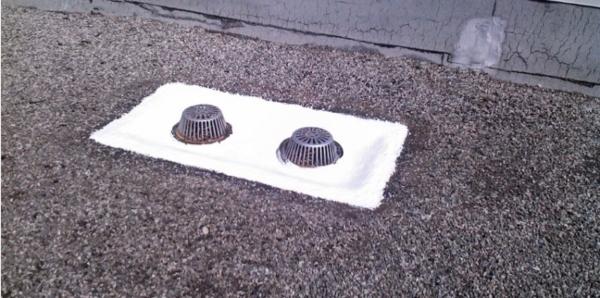
Gravel roofs are durable, long-lasting and UV and impact resistant.
These characteristics make gravel roofs common choices for areas prone to hail and extreme weather. But, like all roofs, they do require regular inspection and maintenance to maximize their longevity and prevent water intrusion into the building.
[Editor's note: the article below is a great resource for educating new employees on the basics of gravel roofs and how to restore them.]
What Is a Gravel Roof?
Gravel and ballast roofs may look the same at a distance, but they are actually two different kinds of roofs with rock on them.
Gravel roofs are typically tar roofs or built up roofs (BURs), the gravel is a final protective cover after several layers of roofing felt—often made of fiberglass—and hot-applied asphalt. In a BUR, the gravel is applied while the last layer is still hot so it will adhere to the asphalt. The gravel is meant to provide protection from UV rays and extreme weather like hail, along with foot traffic.
Ballast roofs are usually a single-ply roof. This roof system may consist of a vapor barrier, foam insulation and a thin rubber membrane. The membrane of the roofing system is not fully adhered to the roof deck, so the gravel acts as ballast or weight to hold the roofing system down, while also providing weather and impact protection. The rock is usually larger in size than a true gravel roof. In this roof system the rock is an integral part of the overall engineering of the building and each roof must be carefully addressed by experts in the field before the rock can be removed for extensive repairs or replacement.
Limitations of a Gravel Roof
While gravel roofs are common and durable, there are certain challenges and limitations to them. The gravel layer means that damage to the membrane below is not always immediately visible, which can lead to leaks and water damage that are difficult to source. The gravel also means that when it comes time for a new roof the expense and hassle of removing and disposing of the old gravel roof can be daunting.
Inspecting a Gravel Roof
At a minimum, the roof should be inspected at least once a year. Inspections following extreme weather events are also recommended, particularly heavy rain and wind or hail. As part of the inspection checklist, make sure you do the following:
- Identify any new owner/tenant improvements since the last inspection, and check that flashings and tie-ins were performed properly.
- Look for areas where the gravel cover has been removed or is thin; these are more prone to damage.
- Check for poor drainage from coolers, condensers and air conditioning units. Install overflow control and piping as needed.
- Clean leaves, dirt and debris from valleys and waterways.
- Inspect drains, scuppers, overflows, gutters and downspouts for blockage. Clean as needed. Install or replace proper baskets and strainers as needed.
- Assess all roof penetrations, vents, pipes and flashings for cracks, and reseal as needed using Western Colloid Elastic Cement.
- Check all curbs, base flashings and wall terminations, and reseal as necessary with Western Colloid Elastic Cement.
Make sure your roof inspections are documented, including photos, so that the roof condition is on record, in case of damage by other trades throughout the year.
Replacing a Gravel Roof
If you need to replace the gravel roof a complete tear off and replacement of the entire roofing system can be an expensive option. A more cost-effective option might be to restore the entire roof using a Fluid Applied Reinforced Roofing system. Fluid Applied Reinforced Roof systems with asphalt emulsion bases have been used for more than 50 years to extend the life of existing gravel roofs.
This method includes the following general steps.
- Remove all loose gravel, dirt, dust and debris by vacuuming and power blowing.
- Repair and address roof area as needed, including existing blisters, splits, pipe penetrations, terminations, flashings, drains, scuppers, etc.
- Apply fill coat of 298 emulsion as needed.
- Apply 298 asphalt emulsion with 1 ply of polyester fabric over entire roof area to build a tough flexible membrane.
- Apply 298 asphalt emulsion with 1 ply of polyester fabric over entire roof area to build a tough flexible membrane.
- Apply a second coat of 298 asphalt emulsion with another 1 ply of polyester fabric over entire roof area to build a tough flexible membrane.
- Top coat with durable Elastahyde
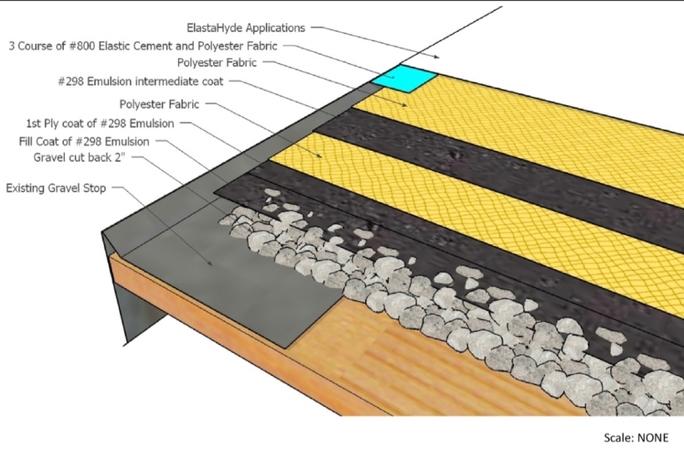
For project specific specifications and budget numbers, contact Western Colloid.
Gravel roofs can last for decades and are a great solution for buildings across the country. For more information on how to maintain your gravel roof indefinitely, visit the Western Colloid website.
About Western Colloid
For over 45 years Western Colloid has been recognized in the roofing industry as a leader in FARR – Fluid Applied Reinforced Roofing, Reflective Coating Systems and Premium Asphalt Sealcoats. Headquartered in Southern California, with five other manufacturing plants and distribution centers, Western Colloid is also known for extensive experience in coatings, pioneers in energy saving and cool roof products and unique paving solutions. For more information please visit us at www.westerncolloid.com.
Original article source: Western Colloid

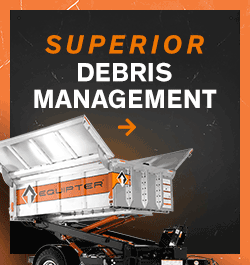











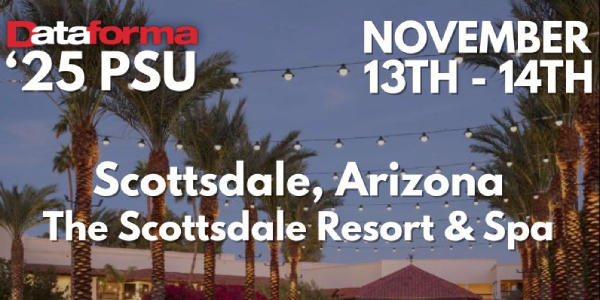
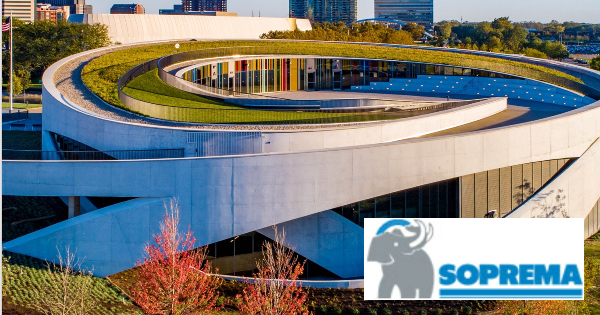
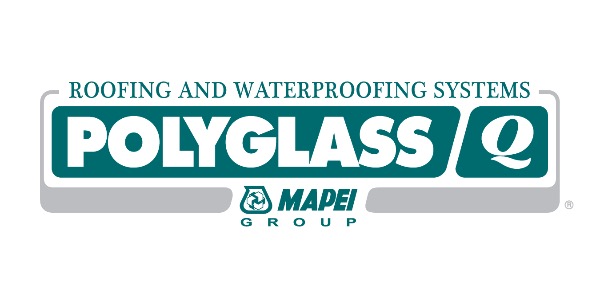





Comments
Leave a Reply
Have an account? Login to leave a comment!
Sign In